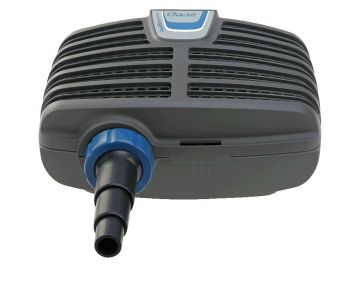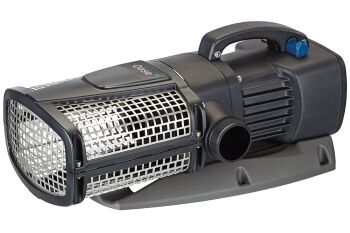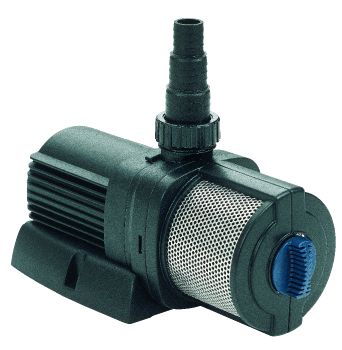As with real estate, location is so important when it comes to placing pumps in ponds that it’s worth repeating thrice – location, location, location! Obviously there are more factors to take into account with pump placement than location alone, for instance, the size of the pump in relation to the pond, the aquatic fauna and flora the pond supports, the climate and a host more, but to get the best results it’s essential that you place the pump in the perfect location.
What Does the Pump Do?
Pumps play an integral role in pond environments and are responsible for, among other things:
- Providing natural sights and sounds of moving water (reflections, ripples, etc.)
- Aerating and circulating the water to provide a healthy environment
- Allowing water to be run through clarifiers and filters
The heart of the pond, pumps are essential for enabling life to thrive in what would otherwise quickly become a stagnant, unhealthy and inhospitable environment incapable of supporting life. A good pump enables a myriad of lifeforms, both fauna and flora, to flourish and creates beautiful aquatic environments.
Choose the Right Size Pump
The size of your pump in relation to the size of the pond is important and will determine, to a great extent, exactly where the pump should be placed. Selecting the wrong sized pump is a common problem, but it needn’t be as the following equation is all you need to work out the volume of water in your pond and then choose a pump of the right size. Length x width x average pond depth x 1000 gives you the volume of the pond, so if your pond is 4000 Litres, you need a pump that runs at least 4000L/Hour to ensure the water is circulated at least once per hour.
Placement – Location, Location, Location
Once you have the right sized pump you can start preparing to place it in the pond. A flat, stable surface is required to place the pump on, so if your pond is too deep to place the pump directly on the floor, select an object like a flat rock, or even better, a brick or a paver, something with a flat surface of a decent size that’s heavy enough not to be moved around by the flow of water.
Getting the height right requires a bit of trial and error, as might selecting the ideal location to place the pump to achieve maximum water circulation. The middle of the pond is a great spot, though make sure wherever you choose to place it that it’s easy for you to reach and pull out as you need periodic access to it for maintenance. You may also need to raise or lower the pump (use a flat object) to ensure you’re getting the maximum circulation of water while adjusting the water flow-rate.
Placing the pump in the perfect location in the pond is an essential step in creating a beautiful aquatic environment at home. Moreover, let the pump run for several days before adding plants and fish to allow it time to remove any debris by clarifying and filtering the water through a suitable pond filter.






